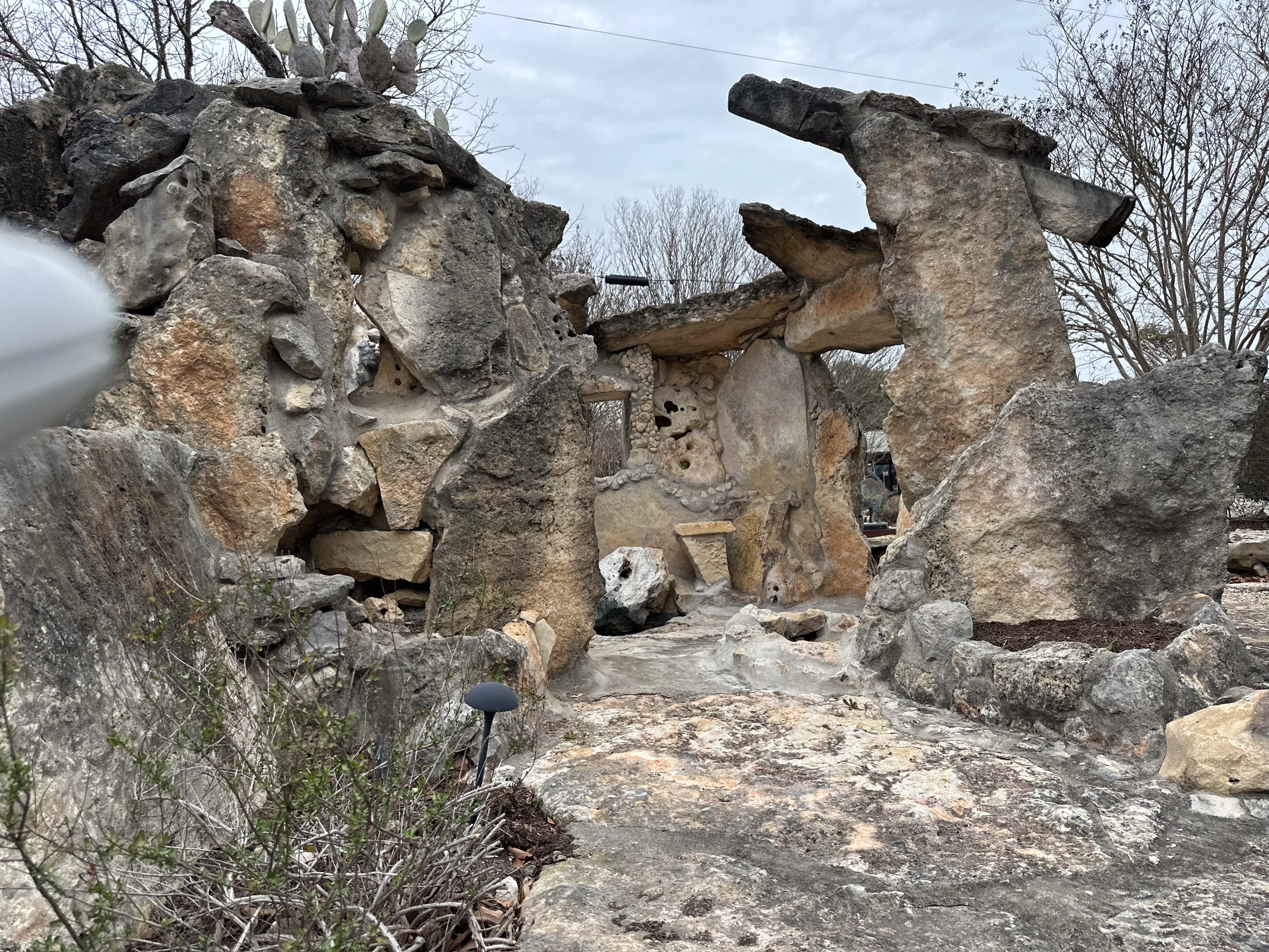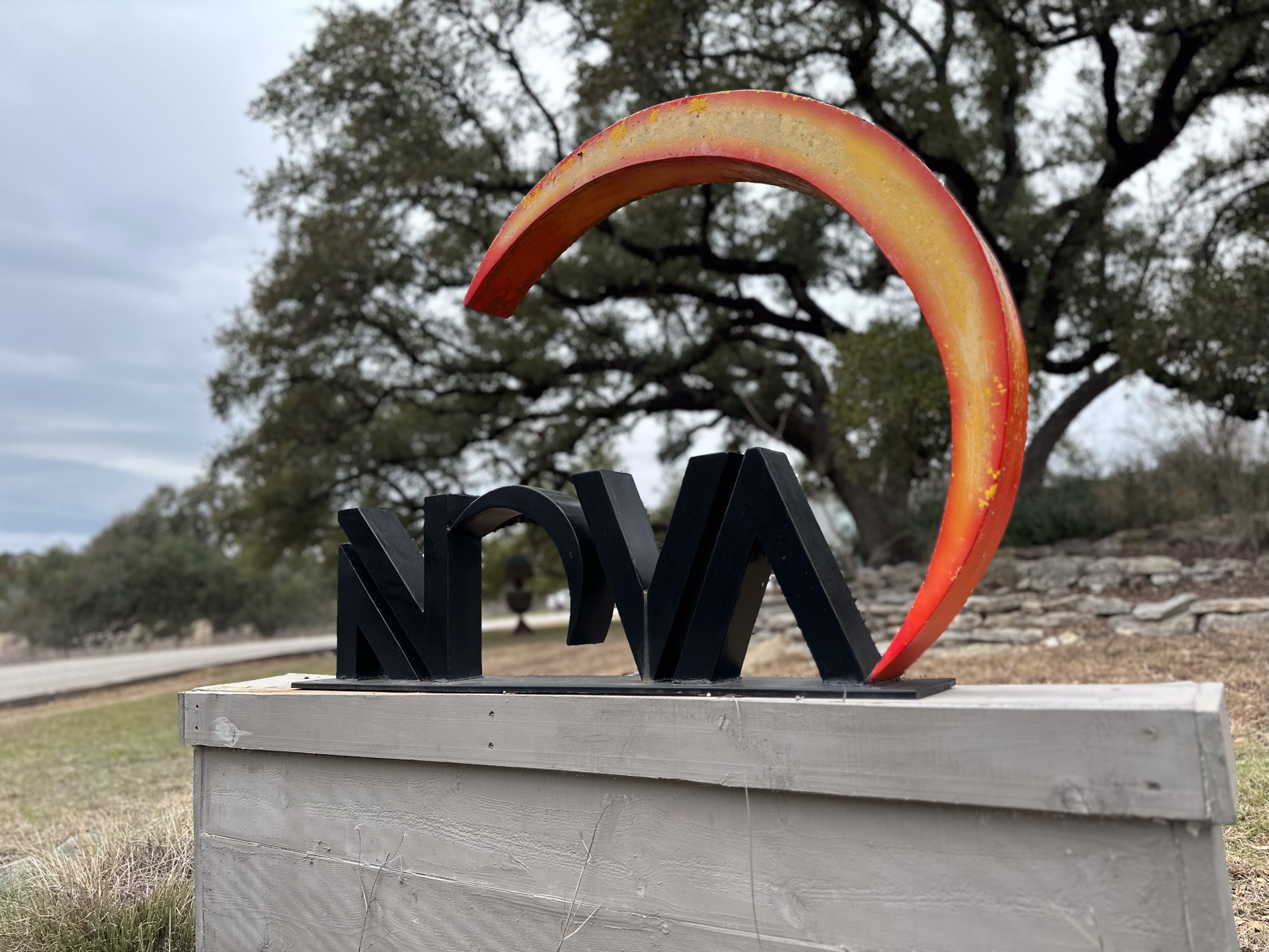Last Updated on September 26, 2025
Meth is Back: The American Meth Crisis No One is Talking About
Table of Contents
With the worsening opioid crisis in the U.S., opioid drugs have taken center stage, but what about the growing U.S. meth problem? Methamphetamine addiction and abuse are back with a vengeance, but few people are talking about the consequences as opioid overdose deaths continue to overshadow the damage being done by meth.
Learn more About How Houston Struggles with Methamphetamine










What is Meth?
Methamphetamine is a highly addictive stimulant drug that produces powerful feelings of euphoria and energy when it’s abused. Many meth addicts binge on this drug to maintain their high, foregoing basic necessities like food and sleep in the process. Because it is so addictive, meth is extremely difficult to stop using once a person has developed a habit of regular use.
Meth is usually produced in powder or pill form, although another rock form called crystal meth is also frequently abused. Side effects of meth abuse are severe and include:
- Psychological problems
- Aggressive behavior
- Increased risk of hepatitis B and C
- Hallucinations
- Cognitive problems
- Dental problems
- Extreme itching
- Paranoia
- Weight loss
Freedom Starts Here. Take Back Your Life Today.
Same-Day Admissions in Austin Available.
The History of Methamphetamine
After it was first synthesized in 1893, meth was used to treat several medical conditions including asthma, narcolepsy, and weight loss. Later in 1932, the American pharmaceutical company Smith, Kline, and French marketed an amphetamine inhaler called Benzedrine for asthma and nasal congestion. At this point, the drug was available without a prescription, so many people experienced its powerful stimulant effects.
Meth use increased during World War II when soldiers used a nonprescription form of methamphetamine called Pervitin to increase their endurance. A decade later, the negative effects of meth use were well-known, and it was common knowledge that the drug was addictive. Regardless, recreational abuse of Benzedrine or “bennies” remained common.
It wasn’t until 1959 that the FDA began requiring prescriptions for Benzedrine and abuse started to taper off because the drug was more difficult to obtain. The U.S. outlawed meth in 1970 but public abuse of meth continued.
During the 1980s, U.S. regulations cracked down on the sale and use of ephedrine, an ingredient used to make crystal meth. As a result, illegal meth producers resorted to using pseudoephedrine to make meth instead. Once this happened, crystal meth abuse skyrocketed and between 1994 and 2004, meth use grew from just 2 percent of the U.S. population to 5 percent.
In 2005, Congress passed the Combat Methamphetamine Act and meth sales plummeted. However, Mexican drug cartels started bringing it back into America. Just a year later, the World Health Organization declared meth the most abused hard drug on earth.
Although meth use started to decline shortly after, and in 2012, just 0.4 percent of the U.S. population reported using meth in the past year, the use of prescription stimulants exploded. These stimulants, which provide similar effects as meth, are being prescribed to children, teens, and adults alike. In 2012, about 16 million Adderall prescriptions were written for adults ages 20 to 39.
In recent years, meth abuse has taken a turn for the worse. The number of drug overdose deaths involving meth more than doubled between 2010 and 2014, increasing from about 1,400 to nearly 4,000. Additionally, meth seizures at the border tripled between 2012 and 2018.
Beginning in 2019, the methamphetamine crisis showed no signs of slowing down. That year, overdose deaths involving psychostimulants such as methamphetamine rose sharply, with more than 15,800 deaths reported nationwide. From 2015 to 2019, meth-related overdose deaths nearly tripled, underscoring the growing severity of the crisis.
In 2020, the COVID-19 pandemic fueled further escalation as disrupted routines, economic stress, and limited access to care worsened substance abuse. Psychostimulant-related deaths jumped to nearly 23,800, and overall U.S. drug overdose deaths soared to about 93,000, marking a nearly 30% increase from the year before.
By 2021, meth’s role in the nation’s drug epidemic was undeniable. Overdose deaths involving stimulants climbed to 32,500, even as total overdose fatalities hit an unprecedented 110,700, with opioids—particularly fentanyl—driving much of the toll.
In 2022, meth deaths continued their climb, reaching 34,000 and contributing to a record 107,941 overdose deaths across the country. This period represented the peak of the combined stimulant and opioid crisis, straining communities nationwide.
While total overdose deaths began to decline slightly in 2023, methamphetamine remained a persistent threat. Overall fatalities fell to 107,543, a modest drop of about 3%, yet meth-related deaths rose again to more than 36,200, alongside a spike in cocaine-involved overdoses.
Encouragingly, 2024 brought signs of progress. Provisional CDC data showed that total drug overdose deaths dropped by 27%, falling to around 80,400, the lowest national toll since 2019. Experts credited expanded naloxone distribution, changes in the drug supply, and improved access to treatment as key factors in the decline.
By 2025, early data continued to point to this downward trend, with the annual overdose death rate holding at its lowest level in six years. While meth-specific statistics are still being finalized, the broader decrease in fatalities offers hope that targeted interventions are beginning to make a difference in the nation’s battle against methamphetamine and other deadly substances.
The Resurgence of Methamphetamine in the U.S.
Methamphetamine abuse in the U.S. may have tapered off years ago, but it is back and it’s wreaking havoc on the health and wellbeing of Americans everywhere.
According to the DEA, meth is cheaper, more potent, and easier to get than before. While 30 percent of agencies responding to the 2017 National Drug Threat Survey said meth was the biggest drug threat in their areas, 36 percent also said meth had the highest correlation with violent crimes.
The meth threat in America remains constant, and although domestic production has dropped, seizures of meth on the Mexican border have increased annually, tripling between the years of 2012 and 2018. Additionally, meth overdose deaths doubled between 2010 and 2014, increasing by 2,600.
According to the New York Times, about 6,000 Americans died from stimulant drug use (mostly meth) in 2015, which is a 255 percent increase from just ten years prior.
Both urban and rural areas in states all across the U.S. are being ravaged by meth and the problem has even been declared an epidemic in South Dakota. The meth problem has essentially exploded in recent years, leaving no race or social class untouched.
Lorem ipsum dolor sit amet, consectetur adipiscing elit. Ut elit tellus, luctus nec ullamcorper mattis, pulvinar dapibus leo.
Where is the Meth Coming From?
Most of the meth in America is supplied by Mexican drug cartels. According to the DEA, there are four major methamphetamine trafficking organizations.
| Organization / Source | Primary Region | Key Insights (2024–2025) |
|---|---|---|
| United Cartels (Michoacán) | Western Mexico (Michoacán) | Linked to Tennessee case (2019) uncovering a cartel network supplying meth across the U.S. penile; designated a terrorist group. |
| Liquid Meth Semi-Truck Network (DTO) | Mexico → Texas → Oklahoma / Georgia | 16,000 kg of liquid meth smuggled hidden in fuel tanks of semi-trucks; major convictions secured in 2025. |
| Sinaloa Cartel | Sinaloa & multi-state in U.S., global labs | Continues dominating meth and fentanyl logistics; partnerships with Chinese triads for precursors; key role in global smuggling. |
| CJNG (Jalisco Cartel New Generation) | Jalisco; widespread U.S. presence | Controls hundreds of meth labs; enormous revenues; diversified criminal operations including meth trafficking. |
| La Familia Michoacana | Michoacán | Operates “superlabs” producing large-scale meth shipments to the U.S., especially Midwest; maintains local dominance. |
| La Nueva Familia Michoacana | Michoacán, U.S. (e.g. Texas, NM) | Factional splinter group trafficking meth, cocaine, and fentanyl to the U.S.; designated as a Foreign Terrorist Organization. |
| Precursor Networks (China & India) | Global (via Mexico) | Chemical brokers sourcing precursors (like di-cumyl peroxide, glacial acetic acid) from Asia, intercepted by ICE and CBP in 2025. |
| Sam Gor (Asia-Pacific Syndicate) | Golden Triangle (Myanmar) → Global | Controls 40–70% of Asia-Pacific meth market; a major global meth supplier and precursor exporter. |
| CBP & ICE Seizures at Ports & Border Crossings | U.S. ports of entry (e.g., Long Beach, Houston) | Seizures of tens of thousands of kilograms of meth and precursor chemicals; disruption of meth supply chains in 2025. |
| Prison Smuggling Networks (e.g., Cibola Road Jail) | U.S. US Prisons / Detention Centers | Criminal organizations smuggle meth into prisons via corrupt staff using “legal mail,” app transfers, and throw-over methods. |
Meth is smuggled across borders in various ways, including on foot, in cars, or in trucks. It’s also converted into a liquid, so it can be more easily hidden in products like shampoo, beverages, and food. Mexican cartel organizations may also store meth in strange containers to evade border control and law enforcement.
Consequences of the Meth Problem in America
Rampant methamphetamine abuse doesn’t just affect users; it has severe consequences for everyone. Just a few of the major concerns regarding meth abuse and addiction in the U.S. include:
- Increased theft
- Increased violent crime
- Increased prostitution
- Higher rates of hepatitis C, stroke, and psychosis
- Higher death toll
- Increased homelessness
- More people incarcerated due to drug offenses, property crimes, and violent crimes
- More people dependent and addicted to meth
Growing methamphetamine abuse in America continues to be a serious problem with devastating effects, but whether it will continue to be overshadowed by the opioid crisis remains to be seen.
Other Outpatient Drug and Alcohol Rehab Locations
Frequently Asked Questions About Meth Withdrawal and Treatment
How soon do meth withdrawal symptoms start?
Symptoms usually begin within the first 24 hours after the last use. People often feel a sudden crash, marked by exhaustion and depression, as the stimulant leaves the body.
What is the difference between physical and psychological meth withdrawal?
Physical withdrawal includes fatigue, increased appetite, and sleep disturbances. Psychological withdrawal is often more severe, with intense cravings, anxiety, depression, and difficulty experiencing pleasure without meth.
Is meth withdrawal life-threatening?
Unlike alcohol or benzodiazepine withdrawal, meth withdrawal is not typically life-threatening. However, the risk of relapse, suicidal thoughts, and severe depression make medical support highly recommended.
Can medications help with meth withdrawal?
There are currently no FDA-approved medications specifically for meth withdrawal. However, doctors may prescribe antidepressants, sleep aids, or anti-anxiety medications to manage symptoms while behavioral therapy addresses cravings and long-term recovery.
How long does meth withdrawal last?
Acute withdrawal lasts about 1–2 weeks, but lingering effects such as depression, anxiety, and cravings may last for months. This extended phase is sometimes referred to as post-acute withdrawal syndrome (PAWS).
What is the safest way to detox from meth?
The safest method is a medically supervised detox, where professionals monitor symptoms, provide supportive medications if needed, and prevent relapse during the vulnerable early days of recovery.
Why do many people relapse during meth withdrawal?
Cravings are often intense, and combined with depression and fatigue, they can push people back to using meth. Without professional support, the cycle of withdrawal and relapse becomes difficult to break.
What therapies are most effective for meth addiction treatment?
Evidence-based treatments include Cognitive Behavioral Therapy (CBT), Contingency Management (CM), and 12-Step support programs. These help people build coping skills, change thought patterns, and stay motivated in recovery.
Can outpatient rehab help with meth withdrawal?
Yes. Outpatient rehab programs provide therapy, relapse prevention planning, and peer support while allowing individuals to maintain work, school, or family responsibilities. However, severe cases may require inpatient care first.
What happens after meth detox?
Detox is only the beginning. Long-term treatment plans often include therapy, sober living, relapse prevention strategies, and community support groups. Ongoing care is essential because meth addiction has one of the highest relapse rates without structured treatment.


